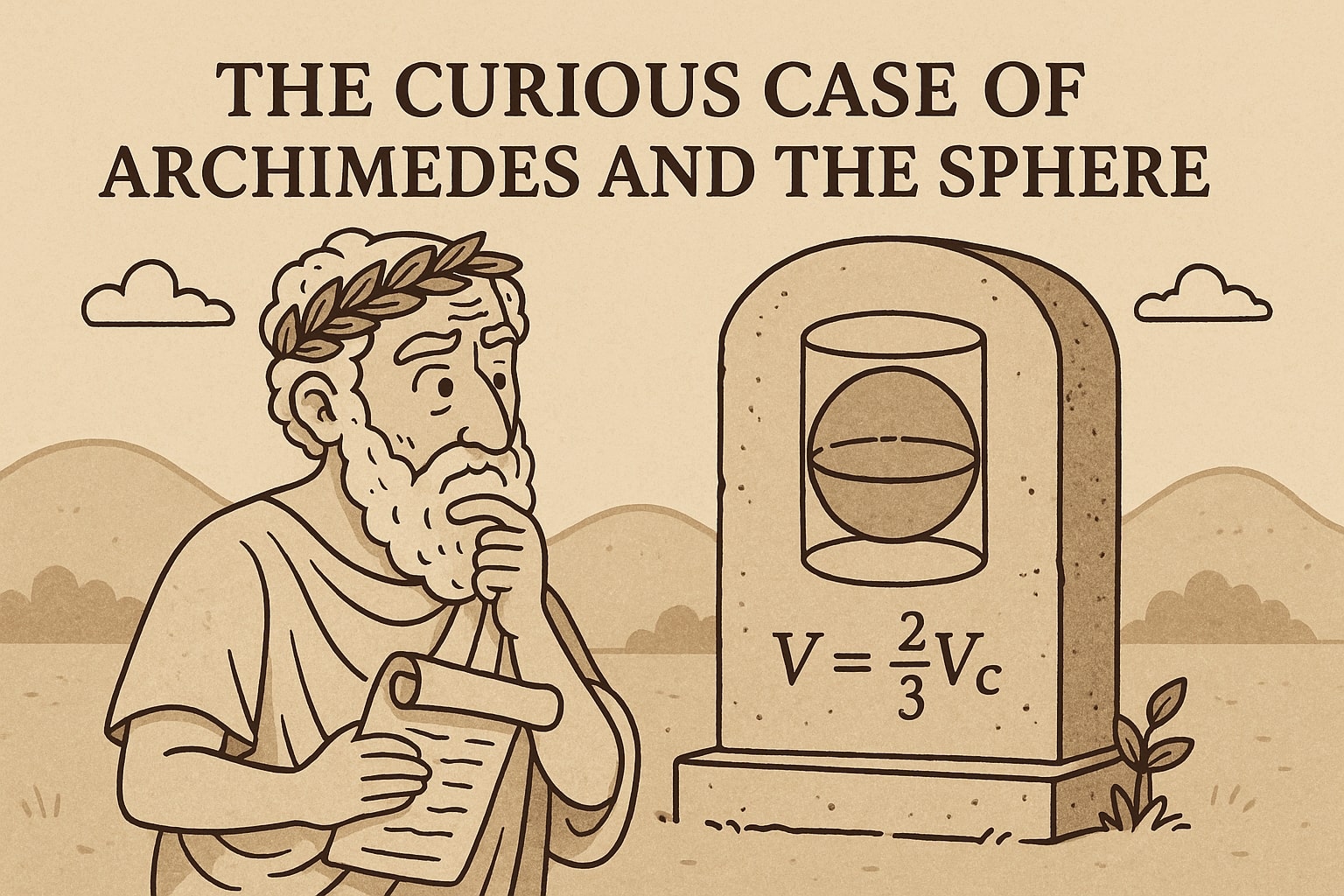Ever looked at a basketball and wondered how much space it actually takes up? Or maybe you've tried packing a bunch of round ornaments into a box, only to realize they take up more space than you expected. That’s where sphere volume comes into play. For other shapes—like cones, cylinders, or prisms—the main Volume Calculator has everything in one place.
What Is a Sphere, Really?
A sphere is one of the simplest and most elegant shapes in geometry. Picture a perfectly round ball—every point on its surface is the same distance from the center. That constant distance is called the radius.
Unlike a cube (which has flat faces and sharp edges), a sphere has no edges, no corners, and no flat surfaces. It’s smooth all the way around. Some familiar examples? Think of marbles, soap bubbles, oranges, and of course, planets like Earth.
In fact, the sphere is considered a “perfect” shape in many fields—from mathematics to design—because of how evenly it distributes volume in all directions. That uniformity is why it shows up in nature, physics, astronomy, and even art.
Now that we’ve nailed down what a sphere is, let’s talk about how we figure out how much space it actually takes up.

Try out Hemisphere Volume Calculator
How to Calculate the Volume of a Sphere
To figure out how much space a sphere takes up, we use a classic formula:
Volume = (4/3) × π × radius³
Let’s break that down so it makes sense without needing a calculator just yet.
-
Volume is what we’re trying to find
-
π (pi) is roughly 3.1416
-
Radius³ means you multiply the radius by itself three times (radius × radius × radius)
Suppose you have a soccer ball with a radius of 11 centimeters. Using the formula:
Volume = (4/3) × 3.1416 × (11 × 11 × 11)
= (4/3) × 3.1416 × 1331
≈ 5,575.28 cubic centimeters
So the volume of that soccer ball is around 5,575 cm³.
Easy to follow, right? Of course, you don’t have to do it all by hand—our Sphere Volume Calculator handles it instantly with just one input: the radius.
Next, let’s jump into a fun (and surprisingly human) story behind how this formula came to be
Sphere Volume Equation Explained with Examples
Let’s look at more examples to clarify the sphere volume equation:
-
Radius = 10 inches
V = (4/3) × π × 10³ = (4/3) × π × 1000 ≈ 4188.79 in³ -
Diameter = 20 meters
Radius = 10 metersV = (4/3) × π × 10³ ≈ 4188.79 m³
Whether you’re dealing with inches, meters, or centimeters, the sphere volume equation provides a consistent method for calculating space.
Try out Spherical Cap Volume Calculator
The Curious Case of Archimedes and the Sphere
Here’s a story that’s been passed down through centuries—and it’s surprisingly relatable for anyone who’s ever been proud of solving a math problem.
Back in ancient Greece, the legendary mathematician Archimedes made one of the earliest known breakthroughs in understanding the volume of a sphere. And he didn’t just jot it down and move on. He was so proud of this discovery that he asked for a sphere and a cylinder to be engraved on his tombstone, along with the ratio between their volumes.
Why? Because Archimedes had figured out something brilliant: that the volume of a sphere is exactly two-thirds the volume of the smallest cylinder that can contain it. It was a deep insight into geometry that connected shapes in a way no one had before.
Even today, historians and mathematicians see this as one of Archimedes’ greatest achievements. And you don’t have to be a philosopher in a toga to appreciate it—his formula is the same one we use in schools, science labs, and online tools today.

Check out Math section to solve math quick and easy

